By
Team DIGO | 02/22/2018 | in
How do you describe your role at DiGo?
I still remember when I first saw the job opening on LinkedIn; it described the CRM Manager as, “the organizational linchpin for the agency’s marketing efforts”. Now, six months in, I can see why.
With support from the rest of the Marketing team, I develop multi-channel and data-driven recommendations for lead nurturing and conversion. I analyze the different touchpoints and interactions of our contacts and build customized campaigns delivered to the right people, at the right time, through the right channels.
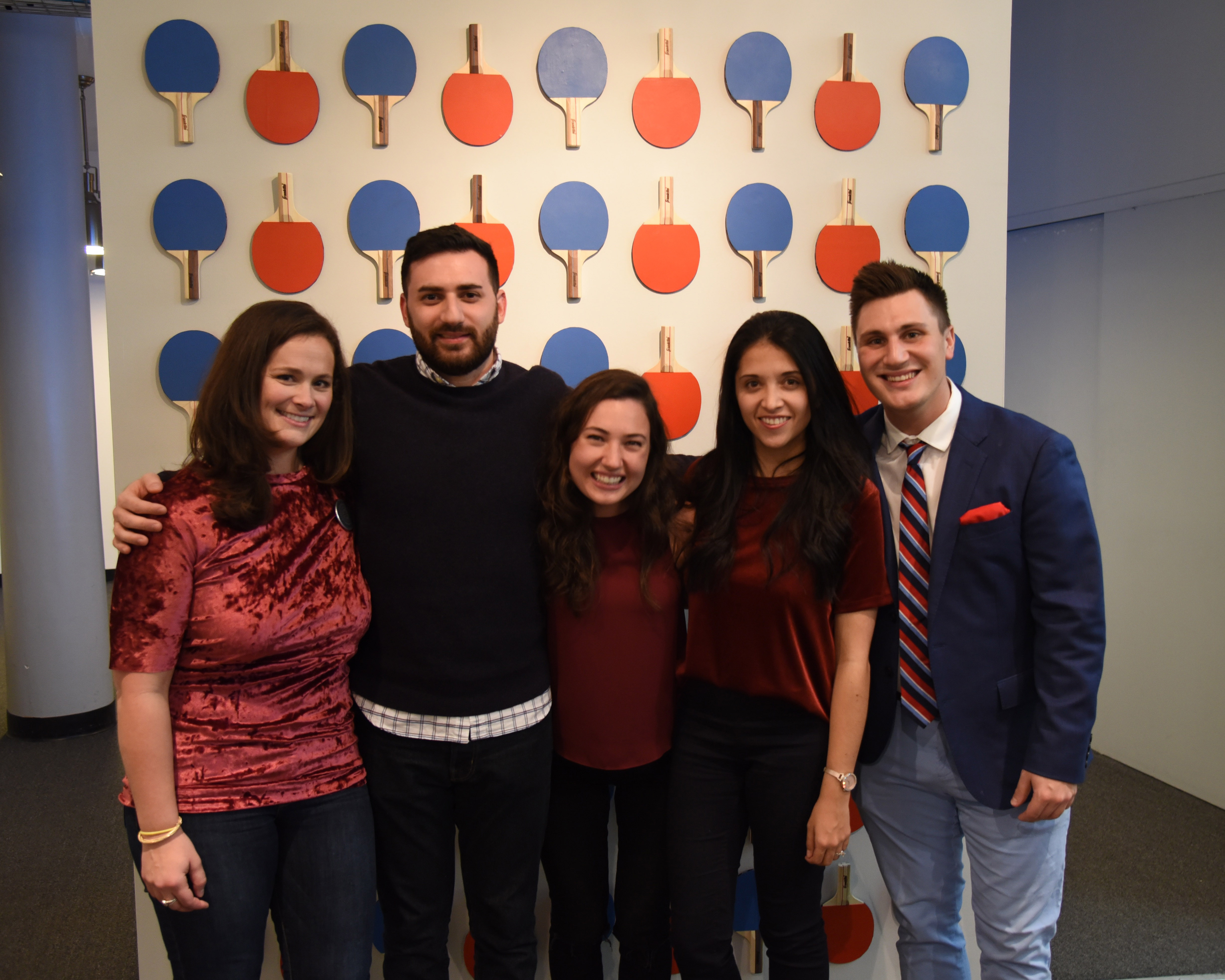
What’s your average day like?
I’m sure more than one would say the same, but at DiGo, there’s not one day like the other. My days go from being in meetings, planning and launching lead gen campaigns, updating the database and connecting with prospective clients; to running ads, sending PR pitches, building integrated reports and reviewing tools to integrate with our CRM. Oh, and testing, lots of testing!
Do you have a morning ritual to get you in the zone?
I love having everything ready the night before; it gives me time to slow the pace in the morning while enjoying my fresh brew of Colombian coffee with Nick, my husband. I wake up around 5:30 a.m. (when I decide to work out, which is not very often), then shower, coffee, breakfast, get a quick update on the news and leave. The ritual that gets me the most in the zone is probably during my commute. I always carry a book in my bag, listen to a podcast, read the Fast Company edition of the month, or listen to whatever playlist fits my mood — “90’s Hits” has been on repeat this last week!
What’s your favorite part about what you do?
Being able to do what I love with so many amazing people! Everyone is passionate, welcoming and ready to work. Working on the Marketing team, for example, is exciting and challenging but it can also be unpredictable. When days turn crazy, my team works hard, runs around and get things done while having fun doing it. There have been nights when I go back home with sore abs, just from laughing.
What elements of your workday do you look forward to most?
Besides working with a great team, seeing positive results is what I look forward to the most (don’t we all?). Launching successful campaigns, receiving positive feedback and seeing the hard work come to life will always be an energy boost. The baked goods in the kitchen, bagels, movies, ping pong tournaments and mimosas help too :)
What’s the most challenging part of being a CRM Manager?
Translating data into robust and customer-centric marketing campaigns. We are in a time when every user expects a completely unique experience and no two paths are the same. It’s a challenge, but I like it!
What’s your favorite thing about being a CRM Manager?
Being at the center of it. You can do so much when you have a fully integrated CRM system. You have a full 360 view of your database, a thousand possible touchpoints and a different behavioral history for each contact. It’s like a puzzle!
If you could describe DiGo in a phrase, what would it be?
An inspiring combination of originality, diversity and hard work!
– Daniela Arevalo, CRM and Email Marketing Manager
By
James Nieman | 02/20/2018 | in
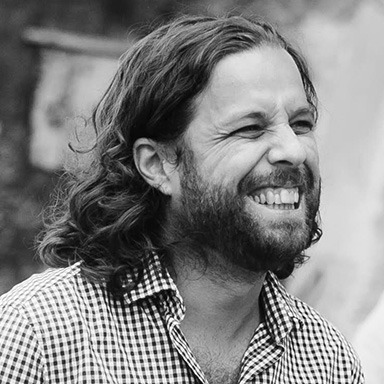
After a short hiatus, host and DiMassimo Goldstein CCO Tom Christmann returns to the booth for another exciting (and hilarious) episode of The A-List Podcast! This time, he’s joined by Paul Caiozzo, an award-winning creative and the cofounder of Office of Baby, a youngish creative independent agency that’s mature enough to work for companies like Google, Etsy, Zocdoc, and StreetEasy. Before starting his own agency, Paul served as the executive creative director at Goodby Silverstein & Partners.
In this inspiring interview, Paul shares the unique story behind how he got into advertising, how negativity is poison, the challenges and balancing act of starting a new business, why creativity is still the core of advertising, and where he sees the future of the industry. Full episode and show notes below!
Show Notes
- [0:00 – 1:36] Intro
- [1:37 – 4:59] The meaning behind the name “Office of Baby”
- [5:00 – 8:08] Looking back on his time freelancing, Paul shares the lessons he learned from being around a variety of different agencies
- [8:09 – 15:20] The power of remaining positive, even in the face of uncomfortable situations
- [15:21 – 18:03] How a young web designer from Long Island found himself at a start up in Silicon Valley.
- [18:04 – 20:25] Paul shares the inspiring story of how a favor for a friend turned into a lifelong passion for advertising
- [20:26 – 24:20] Packing up his life in San Francisco and leaving to go an advertising school in Atlanta, where he discovered how ideas can be applied to art
- [24:21 – 28:27] The mentor who convinced Paul to stay in the industry after a rocky start
- [28:28 – 31:29] What he’s learned from starting a business and how to deal with the challenges that come with it
- [31:30 – 35:08] Paul shares some of his favorite philosophies he learned working under advertising legend Alex Bogusky at Crispin Porter + Bogusky
- [35:09 – 38:33] Paul reflects on his time as the executive creative director of Goodby Silverstein & Partners, building a satellite office and selling a vision
- [38:34 – 40:34] Tom and Paul chat about “global agencies” and how the fragmentation of people solving a problem can be a problem of its own
- [40:35 – 49:06] The current landscape of advertising, and how even in a sea of data and numbers, creativity still reigns supreme
- [49:07 – 1:01:29] The future of Office of Baby, the company’s vision, why you should never chase money, and how being kind to others will ultimately reward you
- [1:01:30 – 1:02:22] Outro
“The A-List” is a podcast produced by DiMassimo Goldstein, recorded at the Gramercy Post, and sponsored by the Adhouse Advertising School, New York’s newest, smallest, and hippest ad school. You can subscribe and rate the show on iTunes or listen along on SoundCloud. For updates on upcoming episodes and guests, be sure to like the A-List Podcast on Facebook and follow host Tom Christmann on Twitter.
By
Team DIGO | 02/09/2018 | in
Every year, the ad industry gets ready for the Super Bowl by watching the ads that drop early and speculating on the brands that will win and lose.
This year, we asked a few of our team members to share their favorite spots with us. Take a look to see who rose to the top!
By
Team DIGO | 02/09/2018 | in

“Five years from now, people will say, ‘Remember when we had to wander malls and find our own things? That’s crazy!’”
That’s the behavior change that Eric Colson, the Chief Algorithms Officer at Stitch Fix, is betting on.
It may sound like a drastic change, but in today’s digital world, drastic change is the new normal. Small, smart, and disruptive brands with fewer resources and nothing but a powerful and inspiring idea are, almost overnight, transforming our behaviors in ways like never before. We’ve seen it with the likes of Airbnb and Dollar Shave Club. We’ve seen it with Casper and Betterment.
And now we’re seeing it with Stitch Fix, the online personalized styling service that is reinventing the fashion shopping experience.
Let’s go back to Colson’s prediction. The timeline he provided was five years.
Five years ago, Stitch Fix was hardly more than just an idea in founder Katrina Lake’s head – combine innovative technology with the personal touch of seasoned style experts to change the way people find clothes.
During those five years, she received funding but not much. With less than $50 million raised in the company’s history, she was able to grow the company at an unprecedented rate, raking in nearly a billion dollars in revenue at the end of 2017 – creating what has been dubbed the most cash-efficient e-commerce company of the decade.
And in November 2017, Katrina took the company public, making her the youngest female ever to take a company public. Which brings us to today, where Stitch Fix is using its data-driven model to spearhead the future of personalized fashion.
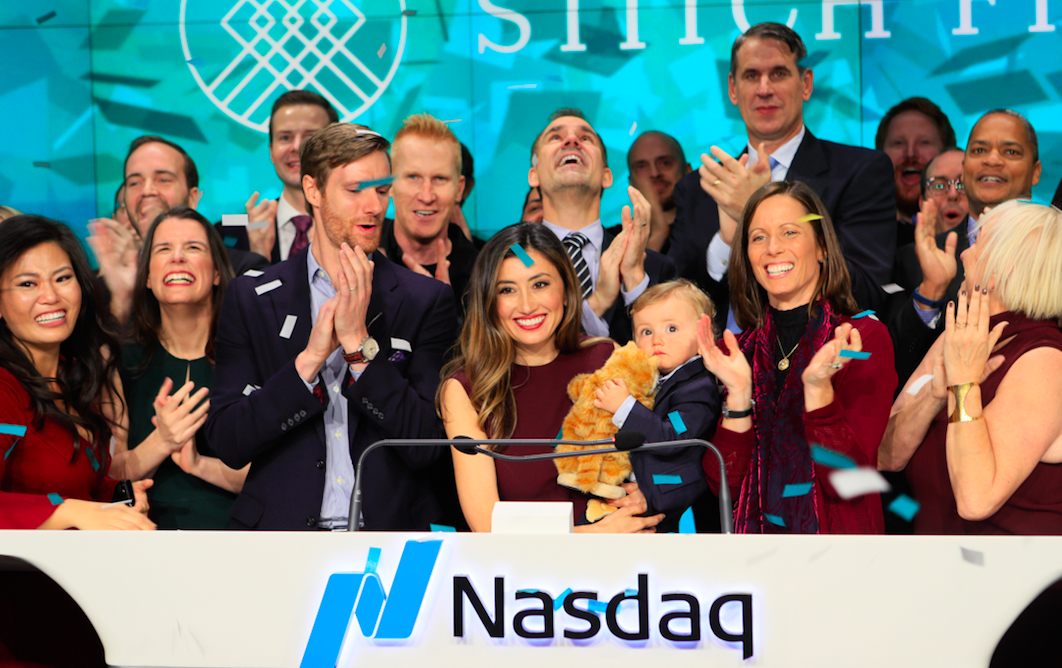
Five years.
Five years was all it took for Katrina to turn that inspiring idea into a billion-dollar company.
OK, OK … maybe it was six years (Stitch Fix was founded in February of 2011), but you get the point!
So, how did she do it? What is Stitch Fix’s secret sauce?
Like so many other disruptors, they thought differently. They did differently.
In an era where technology is all the rage, brands everywhere are competing in a race toward lower costs and convenience in nearly every industry. Stitch Fix took a different route.
Since its inception, Stitch Fix has always been focused on the consumer, understanding that the technology itself is less important than the customer experience of the consumer through the technology. That’s not to say Stitch Fix isn’t a tech-led company, because it most certainly is, but that technology is harnessed and focused toward a different goal: personalization.
Behavior-Changing Data Science
Here’s how it works: Consumers fill out a survey, or a “style profile,” indicating their style preferences. Questions range from size, price point, and preferred colors to how often a consumer dresses for certain occasions. On average, each client provides 85 meaningful data points. Clients are even encouraged to link their Pinterest boards to their profiles. Clients then schedule a date to receive their “fix,” which can either be a monthly subscription or a la carte, an important distinction that makes Stitch Fix different from competitors.
That information is then run through a list of algorithms, which you can tour on Stitch Fix’s website here. The data then matches the customer with a human stylist, who, with the information provided, creates his or her “fix” of five items and then sends the box directly to the customer.
Once received, the customer has three days to either keep the items or return them. If the customer keeps an item, an additional styling fee of $20 is given to the stylist. If the customer decides to keep all five items, he or she receives 25 percent off the total cost of the items.
This strategic use of data is what makes Stitch Fix so unique. Merging fashion with technology, Katrina can leverage that data to make the business much more efficient. She can forecast purchasing behavior and merchandize optimization. On the consumer side, the data is used to create complex algorithms that help match customers with styles and stylists they love, and Stitch Fix has even begun experimenting with designing new styles specifically for consumers.
Stitch Fix employs over 80 data scientists with doctorates from a variety of disciplines, including astrophysics and computational neuroscience. That team is led by, you guessed it, Eric Colson. If there’s anyone who knows how to change behaviors, it’s Colson. Prior to joining Stitch Fix, Colson was the VP of data science and engineering at Netflix, where he fueled the company’s recommendation and targeting engine, helping us discover our new favorite shows and forever altering the way entertainment companies operate.
In a digital landscape that has already forced traditional brick-and-mortar retailers out of business, Stitch Fix sits in an enviable position, with an unmatched wealth of data on the changing behaviors of consumers. Stitch Fix knows what consumers like and what they don’t like, and each sale or return makes the company smarter. It’s a business model that thrives off engagement. The more feedback a consumer provides, the better suited the “fix” will be.
Stitch Fix is capturing the future. It is changing the way people shop, offering a more personalized, curated, and delightful experience and making the try-on room a thing of the past.
What you wear is an extension of your own personal brand, and consumers more than ever are going to market for guidance and help in shaping that brand. Stitch Fix delivers the type of clothing you didn’t even know you needed. It stays up on the trends for you. It takes the hours of browsing or reading up on fashion tips out of the equation and delivers it all to you in a personalized way that no other e-commerce outfit can compete with.
But it’s not all algorithms and numbers. It’s the Stitch Fix stylists that build trust and loyalty with the consumers. They take time to get to know their consumers on a personal level, leaving handwritten notes and creating the type of emotional connection that makes an otherwise digital experience feel human.
In a letter to investors, Lake said, “I founded Stitch Fix to take on a very human problem: How do I find clothes that I love? Spending a day at the mall, or devoting hours of time sifting through millions of products online is time-consuming and overwhelming and neither effective nor enjoyable. I knew there had to be another way.”
Today, Stitch Fix is another way, but in five years from now, it may be the only way.
Tony Hsieh, the CEO of Zappos, once said that “a great brand is a story that never stops unfolding.” And while Stitch Fix’s story is still very much being written, the first few chapters alone have already built a story worth telling. We can’t wait to see where it goes next.
That’s why Stitch Fix is our Inspiring Action Brand of the Month!
By
Mark DiMassimo | 01/12/2018 | in
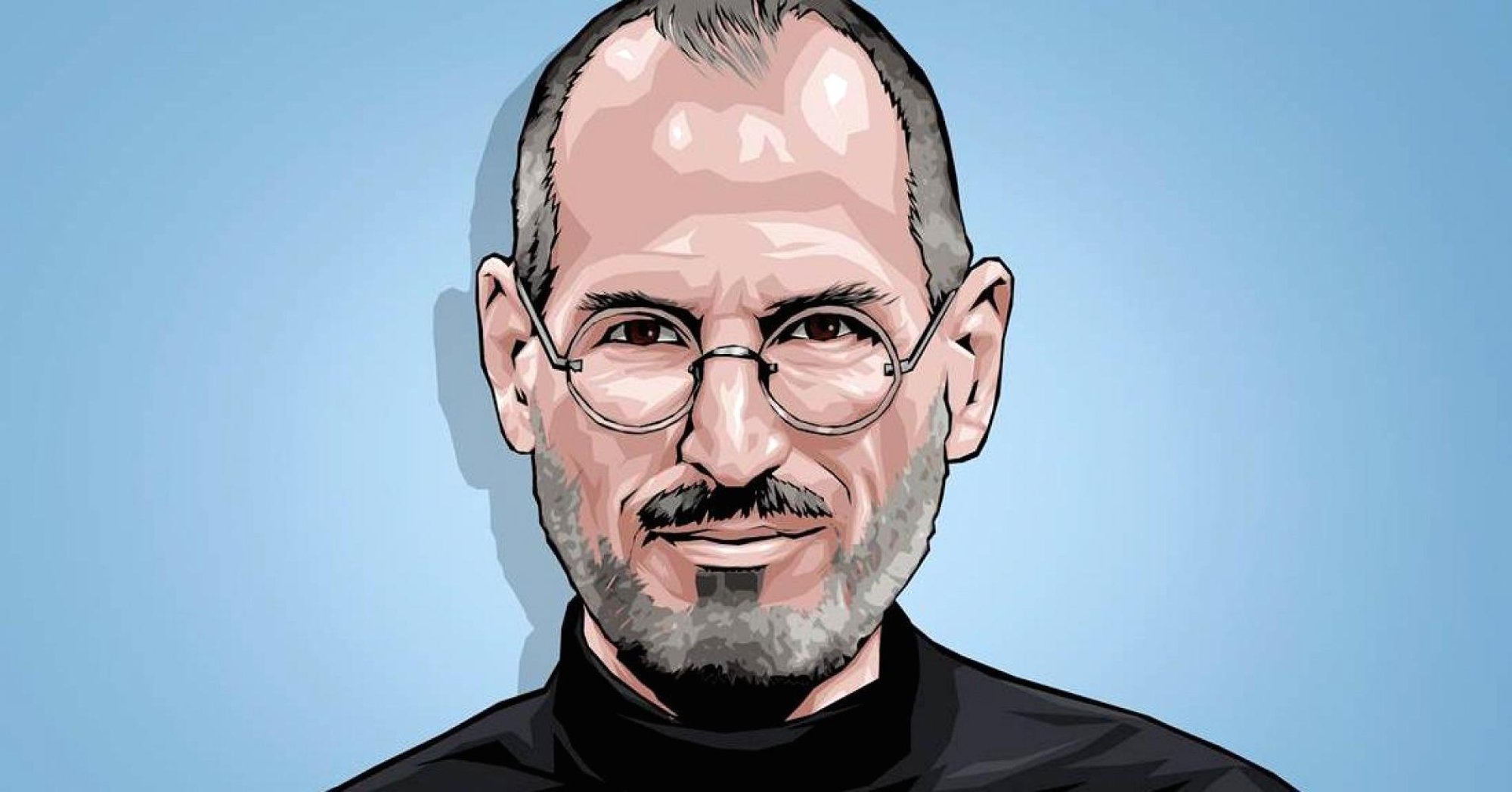
I love working for and with Founder/CEOs.
No doubt, this makes me an eccentric marketer and an odder ad guy, and casts extreme suspicion on my membership in the creative community.
Marketers are supposed to want to run their own empires – otherwise why spend all that money on a Harvard MBA and all that energy climbing the corporate ladder? Creative directors think the ideal client listens to their presentations, and then applauds. Ad agencies think their job is to please the target audience no matter what the client might think.
I’ve always hated that stuff.
You don’t let your target audience tell you what to be any more than you let your friends tell you who to be. There’s no integrity, surprise or life in that at all. Yet, in many places, it’s the norm.
And you don’t go to a dynamic, growing company – or a turnaround – to run a department like a fiefdom. You go there to be a key member of the CEO’s leadership team. You need that CEO to help you succeed even more than the CEO needs you.
I’ve always sought out clients with vision. Not rude or insulting, but laser focused, blunt, and as domineering about the brand as possible. Sometimes they are articulate. Sometimes they just know it when they see it. Either way, as long as there is really an “it” that will ultimately differentiate the brand in a world of bland, I’m in.
There will be twists and turns. I’ll hang in. I’m in it for the ride and because I believe in the destination.
As a marketing director or CMO, you are going to get the ride of your life working for a Founder CEO, and the twists and turns are no small part of it.
That inertia you feel is the marketing strategy hugging the road of a changing growth strategy. That’s a feeling you’ll rarely get in a big, lazy company.
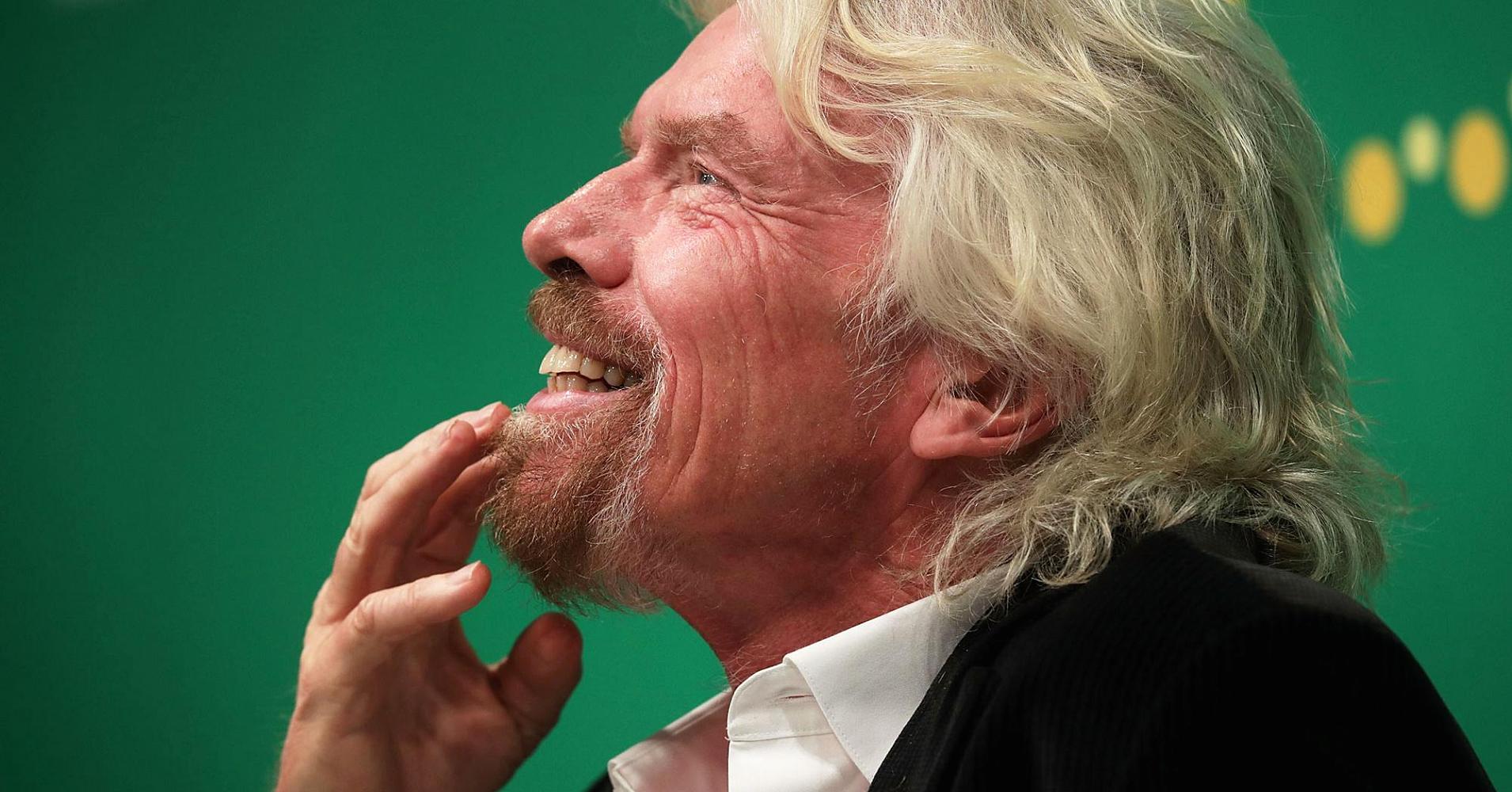
But if you care about getting to the destination, you’ve got to care about making all the right turns along the way.
It’s exhilarating. But it’s not for everyone. If you can deliver on the business results, if you can be resilient through the twists and turns, and if you can bring on partners who share your passion and resilience, you will become irreplaceable to your visionary leader.
You’ll play your best game along side stunning colleagues. These will be the days and years you’ll never forget.
If you want to make a mark in the world, this is the way. And I’ll see you at the weekly meeting with the Founder/CEO.
By
James Nieman | 12/23/2017 | in
The year 2017 was the year of behavior change marketing. Here is our list of marketers who changed our behaviors for good, for bad, and maybe forever. If there are any brands you think deserve to be added to the list, tweet us here and let us know!
Amazon
For changing the way we read, shop and watch…
Casper
From almost never going to a mattress store to never going to a mattress store – all in one brilliant brand experience.

Duolingo
For merging innovative technology with behavioral design to reinvent the way we learn languages.
Per unire tecnologia innovativa e design comportamentale per reinventare il modo in cui apprendiamo le lingue.
Para fusionar tecnología innovadora con diseño de comportamiento para reinventar la forma en que aprendemos idiomas.
Kakushintekina gijutsu to kōdō dezain o yūgō shite, gengo o manabu hōhō o kaikaku suru tame.
Google Translate
For making it easy for people who don’t even have time for Duolingo to do what we just did above.
Airbnb
For making travelers feel more at home, regardless of where they are.
23andMe
For taking the genome revolution to the people, allowing us to access our own DNA, find our DNA relatives, and empower us to lead healthier lives.

Nobel Prize Committee
For bringing the beneficent insights of behavioral economics into the international spotlight.
Ellevest
For closing the gender-investment gap by giving women the tools, place and voice to invest for themselves.
Bombas
For making the most personal of clothing decisions – what socks to buy – the most pro-social, by giving a pair of socks to a homeless person for every pair we buy.

Cards Against Humanity
For showing that a silly, politically incorrect game can take a serious political stance, and win big.
GoFundMe
For building a platform that makes humans helping humans more possible than ever.
Headspace
For showing that your guru can be an app. And, for introducing the life-changing effects of meditation to millions, ten minutes at a time.
Uber
First, for changing the way tens of millions of us get from here to there. Then, for exploiting their monopoly in greedy and insensitive ways and driving millions of us to Lyft and other options.
Facebook
From the Russian election hack to the #MeToo movement, Facebook has had an outsized effect on all aspects of our society, changing our behavior in good, bad… and still unclear ways.
McKesson
For allegedly over-delivering hydrocodone, and perpetuating the opioid epidemic, which currently ends 144 American lives each day.
HelloFresh / SunBasket
For turning the average joe into an iron chef, all without going to the grocery store.
Tinder
For simplifying and streamlining the dating process with one swipe of a finger.
Venmo
For forever ending the headache of splitting a bill and making the act of going to an ATM a behavior of the past.
Resy / OpenTable
For removing human interaction from the reservation-making process.
Slack
For changing the way we manage our email inbox.
Spotify
For using complex algorithms to change the way we discover music.
Netflix
For changing the way television shows are produced and consumed.
Betterment
For making managing your wealth as easy as scrolling through your phone.
StitchFix
For making online shopping more personal.
Acorns
For showing us that there is no such thing as spare change.
Audible
For making listening the new reading.
MasterClass
For turning our heroes into our teachers.
We’ve loved watching these brands change our behaviors, and change the world. We can’t wait to see what 2018 has in store!
By
James Nieman | 12/13/2017 | in

Every brand needs a New Year’s resolution.
Yes, even yours.
We’re not talking about increasing sales. Or retention rates. Or profitability.
Because those are goals, not resolutions.
A goal is a hope. Like losing weight, or getting a promotion.
A resolution is a plan. Like deciding to pack healthier lunches every day, or to walk to work instead of taking the subway.
You see, resolutions are all about behaviors.
Dislodging the behaviors you don’t like, and replacing them with new ones that empower you.
Resolutions are the behavior change plans that help you achieve goals.
But behavior change is hard.
Hard, but not impossible.
Behavioral science research has provided us with insights on how individuals and organizations can effectively change behaviors to better drive business results.
Like the practice of moral reframing, which we wrote about last month.
Or rewarding outrageous failure, which you can learn more about in this video.
Or behavioral design, which Inspiring Action brand Duolingo has mastered.
There is so much behavioral science can teach us to better understand what drives consumers.
And it’s our resolution to bring all of that to you in the upcoming year.
Through emails, just like this one.
And now, it’s your turn.
What is your brand’s New Year’s Resolution?
What Behavior Change plan will you launch?
And what goals will that achieve?
Shoot us a tweet, and use the hashtag #BrandResolution.
We’d love to hear it.
By
Mark DiMassimo | 12/13/2017 | in

Inspiring Action.
People pay us to get people to do things.
And we’re really good at it.
It’s an awesome responsibility.
Changing people’s behavior.
Their decisions and habits.
That’s why we’re not a “performance marketing” agency. Or a “digital” agency. Or a “direct” agency.
That’s why we’re an Inspiring Action agency.
That’s why we only incite more inspiring actions.
And more empowering habits.
And why we use our powers to ignite growth only in organizations that promote those kinds of behaviors.
But responsibility isn’t the only reason.
People bet their careers on our results every day.
We have learned by long experience that inspiring action simply works better.
We learned by being in big, siloed agencies that undermined our results by separating us.
We learned by proving it through results.
That the two most important factors for igniting growth are Inspiration and Action.
Inspiration – is there an idea or experience at the core of the brand that inspires unreasonable passion.
Action – is there urgency and ease and flow and momentum in the funnel of actions that create even deeper engagement and customer value.
Inspiring Action ignites growth by changing behaviors. Each one of us made an inspiring decision to come together.
To use what we’ve learned to inspire action for worthy organizations.













